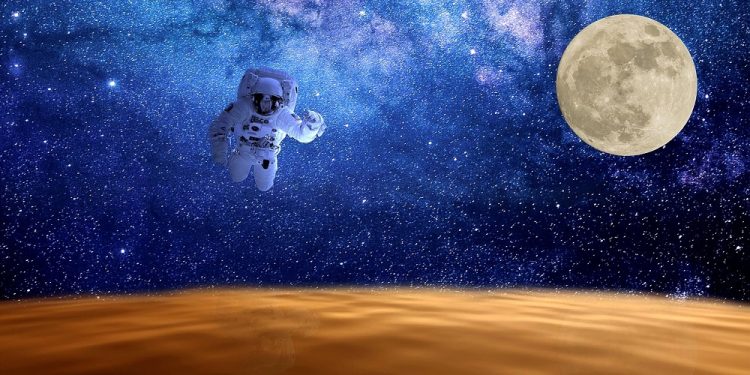
Space Exploration Day
Space Exploration Day falls on July 20th annually and commemorates the achievements that humankind has made in the field of space exploration. One of the greatest achievements in history is the human race’s attempt to reach out to the cosmos and leave Earth’s gravitational field—one day for good. This is a day for everyone to marvel at where space exploration has taken us so far and imagine where it’s going to take us next.
The History of Space Exploration Day
Space Exploration Day was initially proclaimed by U.S. President Ronald Reagan in 1984. The purpose of this holiday was not only to commemorate humanity’s first steps on the moon on July 20, 1969, but also to renew the public’s interest in the future of space exploration. It’s a holiday that has been observed ever since.
Facts About Space Exploration
Anyone who wants a little more information on space exploration, you’ve come to the right place, my friends. We have assembled some great facts about space exploration that you may (or may not) know about. Let’s check them out below.
- It takes 45 minutes for an astronaut to put on their spacesuit.
- A spacesuit weighs approximately 280 pounds.
- Skylab was America’s first space station. It provided 12,000 cubic feet of living space.
- The Apollo 11 mission to the moon had an estimated price tag of $25.4 billion.
- The acronym “ISS” stands for International Space Station.
- The first African American in space was Dr. Mae Jemison.
- Apollo 10’s lunar module was called Snoopy, and its command module was known as Charlie Brown.
- Six Apollo missions landed on the moon. These were Apollo 11, 12, 14, 15, 16, and 17.
- Everyone knows that Neil Armstrong and Buzz Aldrin were the first people to walk on the moon, but not many people realize that the third person was Charles P. Conrad.
- Charles P. Conrad walked on the moon during the Apollo 12 mission.
- NASA selects astronaut candidates on an as-needed basis.
- The Deep Space One spacecraft was 600,000 miles away from Earth about four days after it was launched.
- More than 1,000 Earths could fit into Jupiter.
- One of the largest moons in the solar system is Jupiter’s moon Ganymede.
- Saturn is the second-largest planet in the solar system.
- Saturn’s rings are tilted, so every 14 years or so they appear to disappear from view.
- Saturn’s moon Titan is the second-largest moon in the entire solar system.
Observing Space Exploration Day
It’s easy to observe this holiday; all a person has to do is unleash their imagination. They can take the time to learn more about the history of space travel, visit a space museum, or visit the NASA website for more ideas. People can also use the hashtag #SpaceExplorationDay to encourage others to enjoy this holiday as well.








